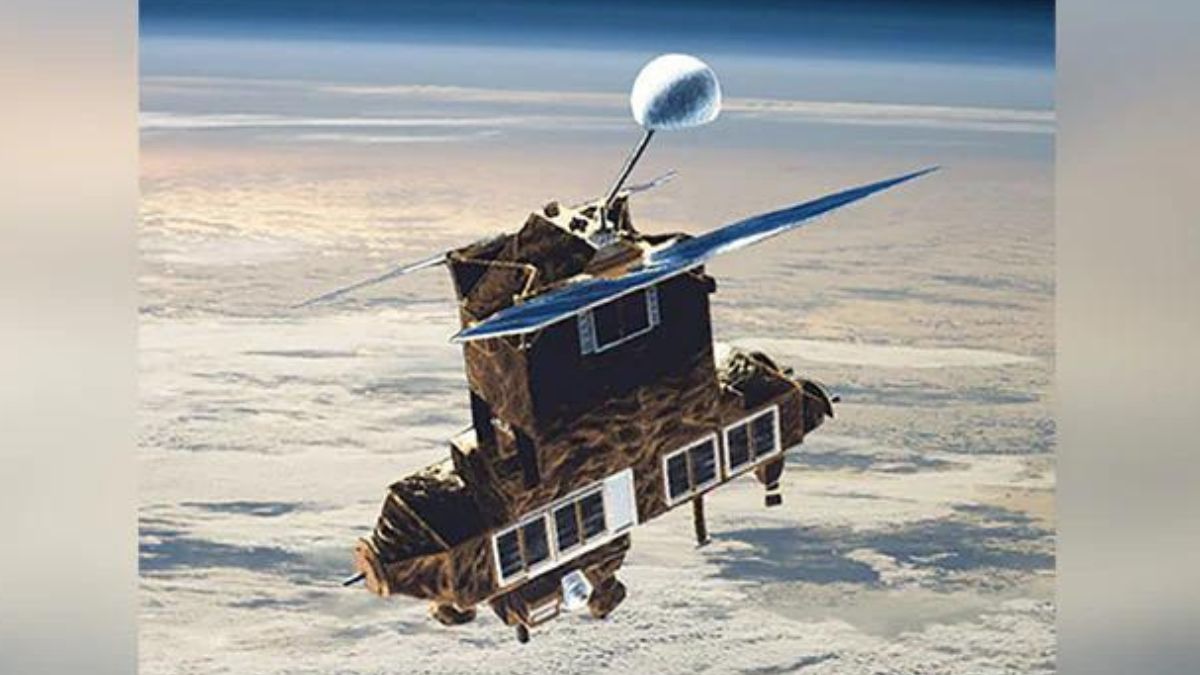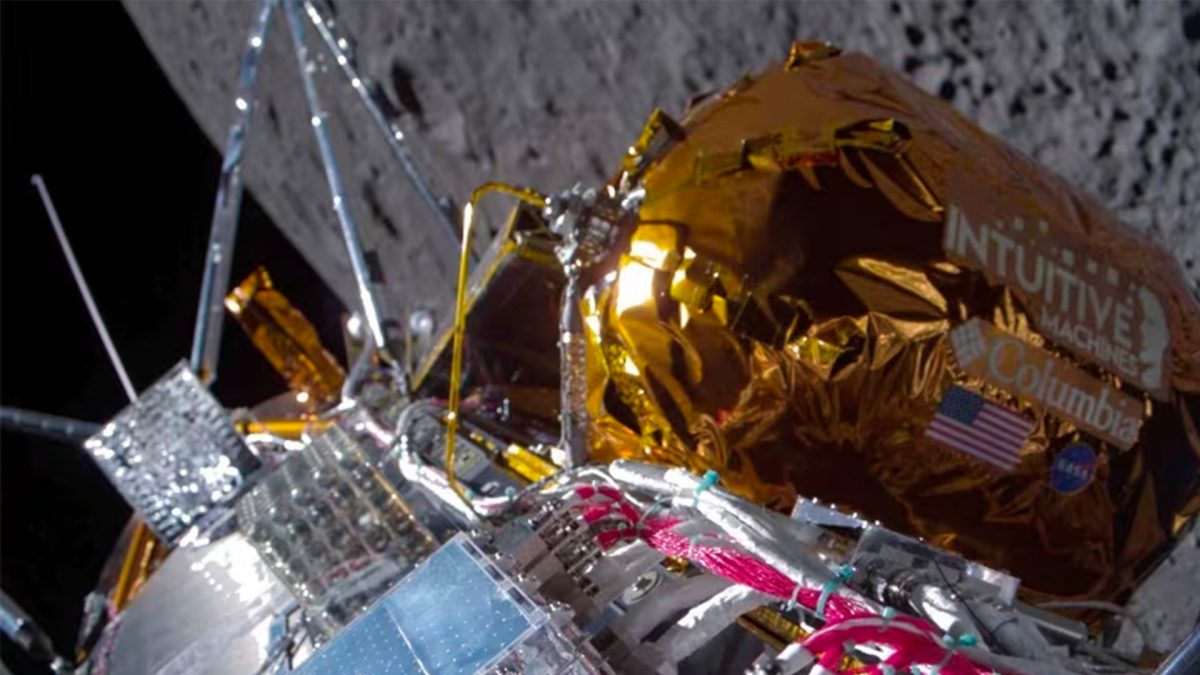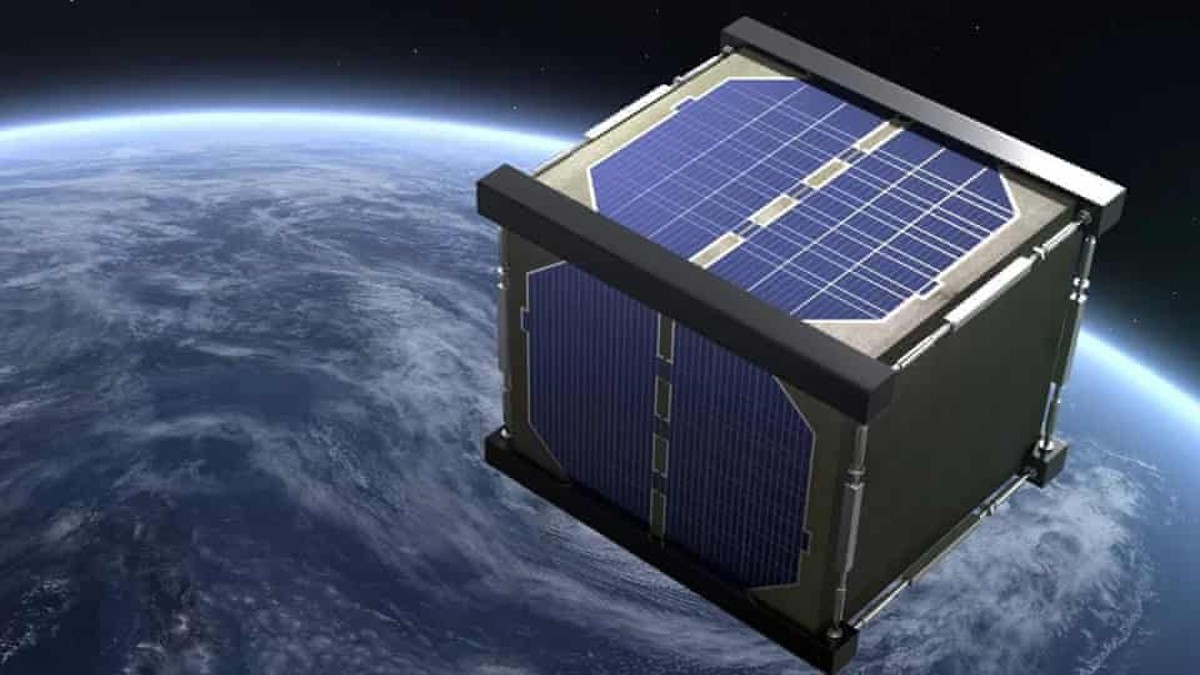Scientists at Nasa’s Kennedy Space Center in Florida are developing a system that acts like a sensory skin to help astronauts to know exactly when the outside of their spacecraft has been damaged. The “Flexible Damage Detection System” technology may offer a possible solution to Nasa’s problem of figuring out in real-time where a spacecraft is damaged and how seriously. “I kind of look at it like a sensory skin,” said Martha Williams, the scientist leading the development team.
“It’s a sensory system that tells us where we are damaged and the level of intensity,” Williams said in a statement. Micrometeoroids and orbital debris pose threats to spacecraft as they move at speeds of 17,500 mph or 28,000 km per hour in low-Earth orbit, and at over 24,000 mph or 38,400 kmph on trips to the Moon and deep space. As space shuttle windows revealed, something as small as a paint chip moving at that velocity can punch through several layers of glass.
If something pierces a spacecraft’s hull — or the first layer or two — there are very limited ways for astronauts aboard a spacecraft to know there might be damage. An impact that goes all the way through and causes a leak would set off alarms, but otherwise the current methods to detect damage require either a camera inspection or a spacewalking astronaut. Nor is there a precise way to pinpoint exactly in real-time where the damage occurred if not visible to the eye or camera so that astronauts can assess it.
The new invention uses a series of several technologies to create circuits printed on thin layers and that can be embedded in a spacecraft’s structure, scientists behind the invention said. The researchers believe that if successfully incorporated, the innovation could also be applied to a host of satellites and aircraft.
)
)
)
)
)